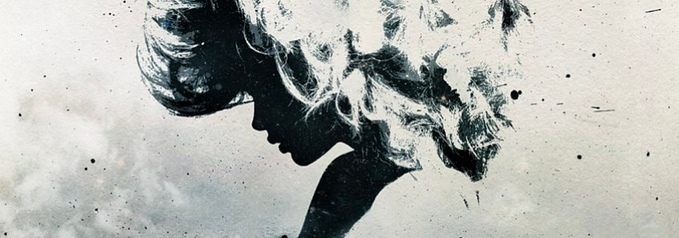
Member-only story
My East Indian Grandfather left Calcutta for Trinidad, wrote multiple books, stories for The Times, bred racing horses.
His brothers, including two uncles and my father, would invite my brother and me to their homes, and that’s how we knew Edmund Narine ran the Ministry of culture and life, no wonder they’d empty their heart out and take us to weekend horse races, and pour a few shillings in our pockets.
Ladies IN RED?
No, no! The Annual Trinidad Carnival; The Mass also performing on, well, Horseback and stilts?

Our grandmotherly East Indian family prepare for their trip to Trinidad & Tobago in the early 19th Century.
Orientation and Identification
The East Indians of Trinidad are descendants of indentured laborers who were brought to this southernmost island in the Caribbean from the South Asian subcontinent during the second half of the nineteenth century. They were listed as “East Indians” by Europeans to distinguish them from Native Americans.

GRANDAD AND HIS EARLY WAYS
My Grandfather was received as an Indian and a Coulee, a weird response to the end of the African slave trade and the end of slavery. While Indian indenture were being drawn from agricultural and laboring, Edmund Narine wrote bestsellers.
He never knew me as a Howard University storyteller, or magazine writer or a warrior in the Vietnam WAR, though he and my Dad and his brother would shoot the breeze about any and every horse race in the country that were entwined in their heart.
THE OTHER SIDE OF LIFE
When the few years of fruit had died, the local harvest receeding in distance all the way to the horizon, and even below it, there was nothing for him to equate with life in the field. He’d…







